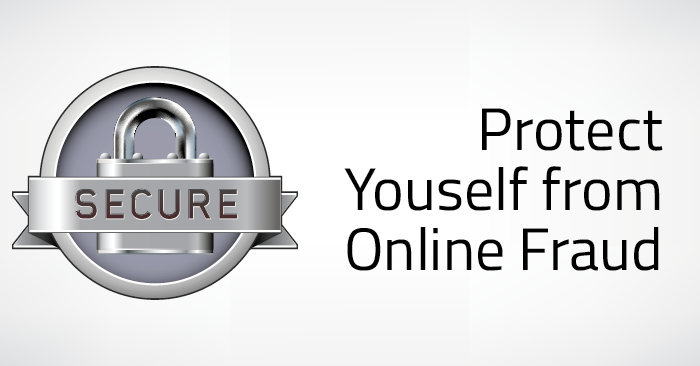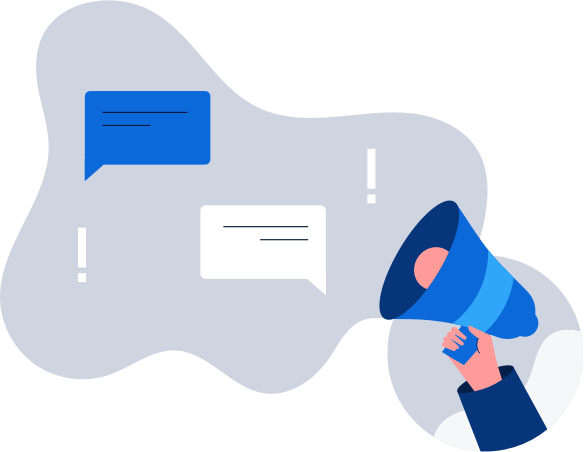
Yes, it’s possible: preventing fraudsters from getting to you via online trickery and other stealthy actions. Yes, it’s possible to be thinking one step ahead of cybercriminals. There are simple precautions you can take to help avoid online fraud from happening to you. Here are some essential tips you should follow.
Emails
Let’s begin with emails—the conduit through which so many cyber crimes like ID theft occur.
- Imagine snail-mailing vital information like your SSN, bank account number, a duplicate of your driver’s license and your credit card number. At some point in the delivery process, someone opens the letter and sees the contents. This isn’t good. Electronic messages are not entirely private, either. Recognize this risk before sending knowing that, in transmission, there is a chance your information can be seen. Sometimes the telephone is a better option.
- Ignore sensationalistic offers in your inbox like some ridiculously low price on the same kind of prescription drug you pay out of pocket for; it’s likely a scam.
- Ever get an email from a familiar sender, and all that’s in it is a random link? Don’t click on it; it may trigger a viral attack. As for the sender, a crook has compromised your friend’s email and figured out a way to make it look like the email is from someone you know.
- In line with the above, never open an attachment from an unfamiliar sender; otherwise, you may let in a virus.
- If someone you know sends you an unexpected attachment, email or call that person for verification before opening it.
- Enable your email’s filtering software to help weed out malicious emails.
- Ignore emails asking for “verification” of account information. Duh.


Passwords
If you’ve been smart and avoided clicking on any random email links and you haven’t openly sent your personal information online, your next item to think about is the passwords you use.
- Don’t put your passwords on stickies and then tape them to your computer.
- Do a password inventory and make sure all of them contain a mix of letters, numbers, and characters, even if this means you must replace all of them. They also should not include actual words or names. Bad password: 789Jeff; good password: 0$8huQP#. Resist the temptation to use a pet’s name or hobby in your password.
- Every one of your accounts gets a different password and change them often. Sound like a recipe for disaster? A password manager tool can eliminate the need to remember every one individually, so forgetfulness isn’t an excuse.
- Use two-factor authentication. This is where you not only need to enter your password to gain access to your account but you also need to verify that it’s really you by some other means. This is usually done in the form of a code sent to your mobile device. Most online accounts now offer two-factor authentication.


General tips to prevent online fraud
We’re not done yet. Cybercriminals are becoming increasingly sneaky, hence cyber crimes are skyrocketing each year. Here are some other tips you need to follow in order to protect yourself from online fraud.
- Make sure your computer and smartphone are protected with antivirus/anti-malware and a firewall. And keep these updated.
- Use a Virtual Private Network (or VPN) to encrypt your online activities and hide your personal data from hackers, especially when connected to an unsecured Wi-Fi network like you might find at a coffee shop, hotel, or airport. You can download Hotspot Shield here for free on both your computer and cellular device.
- Your Wi-Fi router has a default password; change it because cyber thieves already know what the default passwords are.
- When purchasing items online, visit only well-established merchants.
- Try to limit online transactions to sites that have an “https” rather than “http.” A secure site also has a padlock icon before the https.
- Make sure you never make a typo when typing into the URL; some con artists have created phony sites that reflect typos, and once you’re on and begin entering your account information, a crook will have it in his hands.
- Access your financial or medical accounts only on your personal computer, never a public one.
- Ignore emails or pop-ups that ask for account or personal information.
- When you’re done using a financial site, log out.
- Be careful what you post on social media. Often we post our locations, when and where we’re traveling to, our kids’ names and ages, et cetera. For a cybercriminal, a quick scroll through your Facebook feed could reveal much of the personal information they need to build their fake profile.
With some planning and by taking the necessary precautions, you can protect yourself from online fraud. While there are no guarantees, you should think of it like protecting your home against burglars; by adding security cameras, an alarm system, stickers on the windows highlighting that alarm, and a sign on the gate that says “beware of the dog”, a burglar will likely find a house that’s easier to rob. Hackers are no different.
Follow these tips and protect yourself from online fraud.




